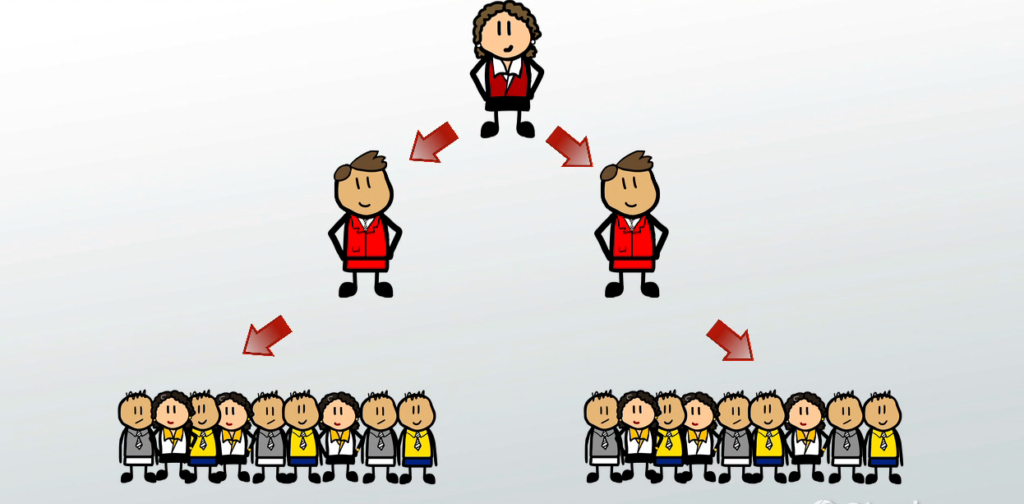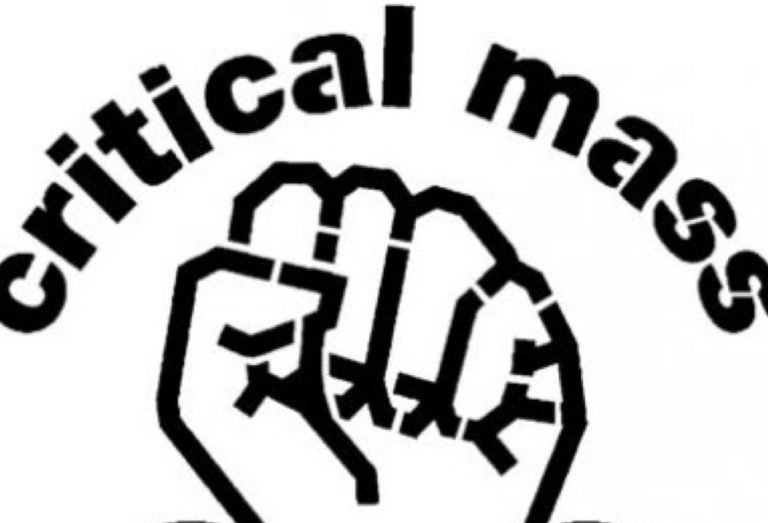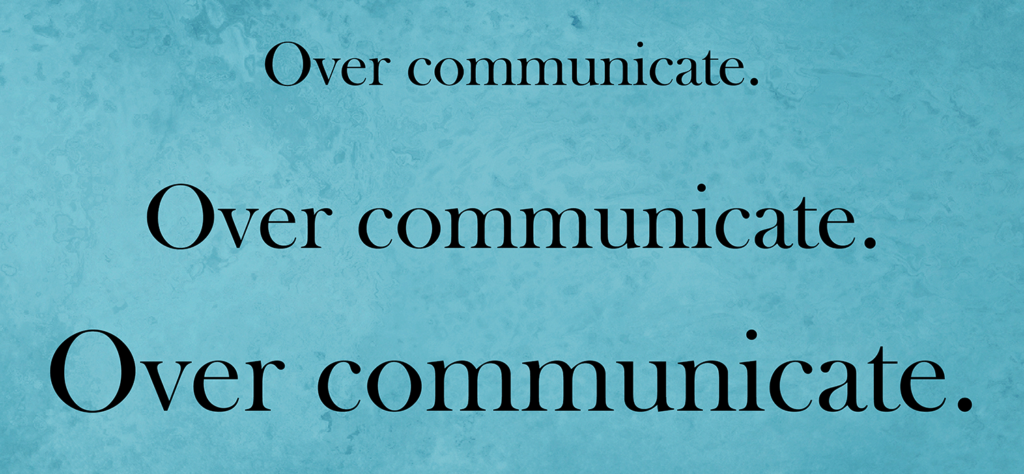
Four Secrets of CRM Change Management
After a previous article on ERP change management pitfalls, I received multiple requests for the CRM side. From the laymen’s viewpoint, both implementation types seem similar. They have similar components such as requirements, configuration, and integrations. Both require collaboration from multiple business units and third parties. Both are now largely cloud-based to maximize user effectiveness. Plus, both are essential for every organization, from Fortune 500 firms to small businesses. In addition, the implementation process involves similar resources and timelines based on the scope.
However, areas that drive success are much different with CRM than other systems. Due to internal ERP stakeholders, and external CRM audiences, the focus during development must be unique. No matter how great you build your CRM system, it will be considered a failure if adoption is low. This is where Change Management comes in.
Change Management Challenges for Key Stakeholders
The biggest problem in CRM implementations across all regions is user acceptance of change. Statistically, over two-thirds of all CRM implementations that fail are directly due to end user adoption. Time after time clients select the best vendors to configure the best software, but users fail to adopt the new system and it doesn’t meet expectations.
What is often missed is easier said than understood: “What is simple and easy to use for one, isn’t always the same for others.” Nuances of change management can either push people over the hill or blow them back from where they came.
People who use their own spreadsheet systems for decades argue newer is not better. The fancy dashboards, new status reports, and dynamic data is just one more thing to try to learn. New technology is perceived as a roadblock to the sale if not explained correctly. The right communications need to be provided months in advance to show how the users’ lives will get easier and not more complicated.
Adoption must be the right mix of training, communication, and listening. Further, it needs to be done with the right process and at the optimal time.
1. Change Starts at the Top
The executive team(s) must be on board and embrace the change. Once they are part of the team the influence, excitement and acceptance for change will cascade through management much quicker. – My second point below will guarantee it.

2. Recognize the Human Aspect of Change
No matter how great the technology, people always turn to fear first. “Will it replace me? Make my role be less significant? Cause more effort to keep my place in the pecking order?” If you deal with these issues after the fact, the negative cloud stemming from the fears may cause a storm that is too big to get around.

3. Create a Critical Mass
The initial stages of adoption always seem like a see-saw. Figuring out if the organization will buy-in can be difficult since each group looks at the others before throwing out support; however, once multiple users, departments or teams jump in, the rest of the organization realizes the time for questioning “if” is over, and they need to prepare to transition right when “when” begins. The best way to do this is have key influencers participate in requirements gathering and testing. Their hands-on experience will tip the scale in favor of the new system.

4. Over-Communicate
When you are knee-deep in an implementation, activity or project, it is human nature to think the people around you have some awareness of the topic you are dealing in. Clearly you think, “after a dozen billboards around the office, ten emails sent over three months, and a company Q&A on the new CRM tool, everyone must know about our Salesforce roll-out!” Yet, most of the time you would be wrong. There are usually 100 other projects going on at the same time and users have unintentionally had to make choices that didn’t prioritize your roll-out. They may have been on vacation during your presentations, your emails automatically went to SPAM, and they work remote so your great office signs were never seen. The point is you need to go above and beyond, because to the users, it will seem like much less exposure than what you perceive.

Summary
Recognize a successful CRM implementation needs a champion to spread the gospel. A respected user should visibly accept the improved processes. Be aware people will still fear change, it’s human nature. Overcome these challenges with involvement early in the process (Think requirements gathering vs. User Acceptance Testing). Then continue to spread the word in multiple venues, over months, even when you think everyone must be sick of hearing about it already.
That’s it! Seems like these are anything but secrets, yet they are nearly always missing.
Let me know if you have had similar experiences.
About the author: David Apollon is the managing director at 9Nation Inc., a consulting firm founded ten years ago to help Fortune 500 companies as well as growth-stage firms handle special IT and strategic projects including ERP, CRM and cloud-based implementations. David has led over 75 corporate programs, projects and PMO initiatives in the past 20 years.
